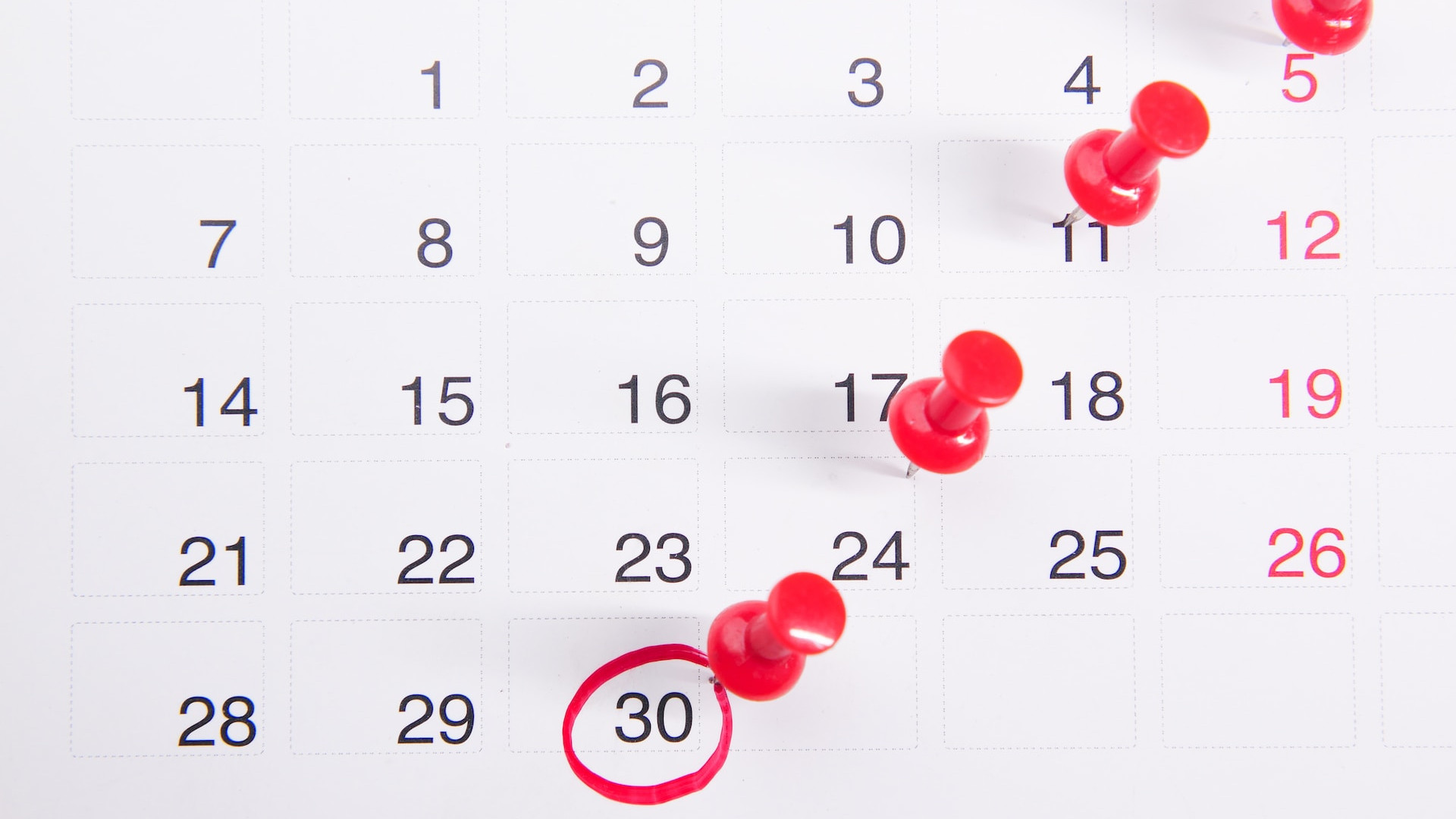
Automated emails are a great way to provide your guests with a high-touch experience throughout their stays. During each phase of the guest lifecycle, there are numerous opportunities to increase value to your guests. You can also drive additional revenue for your hotel.
But, you need to know the right kind of email to send and when to send it. The following infographic by Instiller outlines some of the different kinds of emails and ways businesses can use them.
Please note that while the infographic is targeted to e-commerce businesses, there are most definitely some great takeaways for hotels.
For example, the infographic suggests sending a rewards email to engaged customers. This can easily be applied to hospitality. Hoteliers can (and should!) use a CRM to segment their email databases by guest spending patterns and behaviors.
A hotel could apply this advice to reward a segment of guests that has spent a certain amount of money or stayed a certain number of times. Reward your guests for their loyalty, and not only will they continue to spend money with your hotel, but they are also more likely to sing your praises to their friends and family.
Likewise, think how you might be able to apply the after-sales care email that the infographic suggests. Perhaps you can interpret this as an email or series of emails that are sent to the guest after he or she books, but before the check-in date.
What kind of information could you provide to an incoming guest that might drive ancillary revenue like spa appointments or activities bookings? This not only provides value to your guests, but also results in additional revenue for the hotel.
And, the best thing about automated emails is, once they’re set up, you don’t have to do anything with them. A booking confirmation email with an upgrade offer in it needs no further attention from you after you set it up.
For the modern hotelier, success is all about finding ways to leverage technology to make your job easier and more efficient.
Read rest of the article at Revinate




